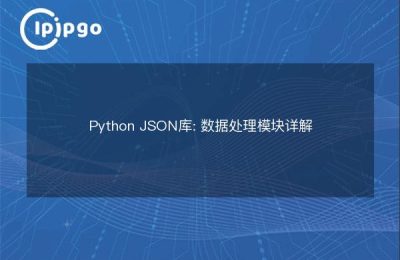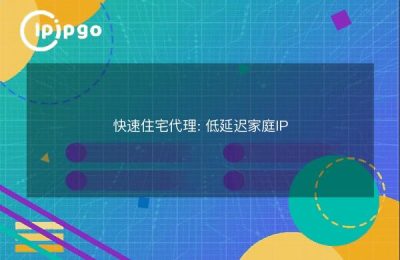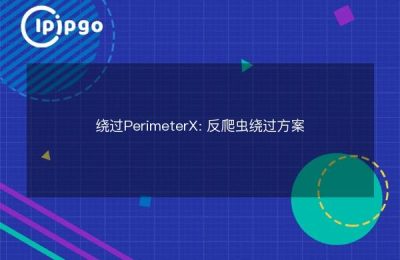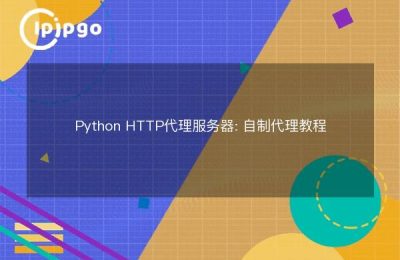
In the age of the Internet, Proxy IP has become an important tool for protecting privacy, bypassing geographic restrictions and enhancing network security. Multi-level proxy IP, on the other hand, goes a step further and provides higher security and anonymity. In this article, we will introduce the concept of multi-level proxy IP, its working principle and its application scenarios in detail.
What is a multi-level proxy IP?
Multi-level proxy IP, also known as chained proxy or multi-hop proxy, is a technology that allows web requests to be made through multiple proxy servers. Simply put, a user's request goes through one proxy server, then multiple other proxies, and eventually reaches the target server. Each level of proxy server redirects the request, forming a proxy chain.
How Multi-Level Proxy IP Works
The working principle of multi-level proxy IP can be divided into the following steps:
- user request: The user makes a web request in a browser or application.
- Junior Agent: The request is first sent to the first proxy server (primary proxy).
- intermediary: The primary proxy forwards the request to the next proxy server (intermediate proxy). There can be multiple intermediate proxies, each of which forwards the request further.
- Final Agent: Eventually, after going through multiple levels of proxy servers, the request reaches the last proxy server (the final proxy), which sends it to the target server.
- The response returns: The target server processes the request and returns a response, and the response data is returned to the user sequentially along the proxy chain.
Advantages of Multi-Level Proxy IP
Multi-level proxy IP has several significant advantages:
- Greater anonymity: Each level of proxy server redirects the request, hiding the IP address of the previous level of proxy, making it more difficult to track and locate the user.
- Stronger security: Multi-level proxies can effectively prevent man-in-the-middle attacks and data theft and enhance network security.
- Bypassing geographic restrictions: With multiple proxy servers, there is more flexibility to bypass geographic restrictions and access restricted content.
- load balancing: Multi-level proxy can disperse network traffic, reduce the burden of a single proxy server, and improve system stability.
Multi-level proxy IP application scenarios
Multi-level proxy IPs have a wide range of applications in the following scenarios:
- Privacy: Multi-level proxy IPs are ideal for users who require a high degree of anonymity, such as journalists, activists and security researchers.
- network security: Businesses and organizations can use multi-level proxy IPs to protect sensitive data from cyber attacks and data breaches.
- cross-border e-commerce: Cross-border e-commerce companies can access markets and data in different countries through multi-level proxy IPs for market research and competitive analysis.
- Crawlers and data collection: The use of multi-level proxy IP can effectively prevent being blocked by the target website and improve the success rate of data collection.
How to configure multi-level proxy IP?
Configuring a multi-level proxy IP requires some technical knowledge, here is a simple configuration example:
http {
upstream backend {
server proxy1.example.com:8080;
server proxy1.example.com:8080; server proxy2.example.com:8080;
server proxy2.example.com:8080; server proxy3.example.com:8080;
}
server {
listen 80; } server {
location / {
proxy_pass http://backend; proxy_set_header
proxy_set_header Host $host; proxy_set_header X-Real-IP $remote_addr; proxy_set_header
proxy_set_header X-Real-IP $remote_addr; proxy_set_header X-Forwarded-For $proxy_add_x
proxy_set_header X-Forwarded-For $proxy_add_x_forwarded_for; proxy_set_header X-Forwarded-For $proxy_add_x_forwarded_for
proxy_set_header X-Forwarded-Proto $scheme;
}
}
}In this example, Nginx is configured with a multi-level proxy chain where user requests go through theproxy1.example.com,proxy2.example.comrespond in singingproxy3.example.com, which eventually reaches the target server.
summarize
Multilevel Proxy IP is a powerful networking tool that provides greater anonymity and security. By understanding how it works and the application scenarios, you can better utilize Multi-Level Proxy IP to protect privacy, enhance network security and bypass geographical restrictions. I hope this article can help you gain a deeper understanding of multilevel proxy IP and help you swim more freely in the Internet world.








